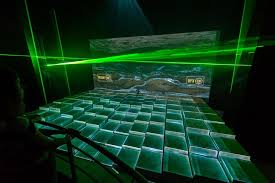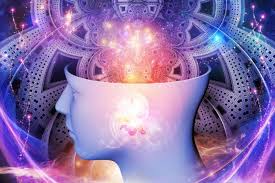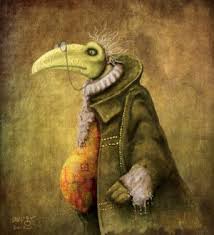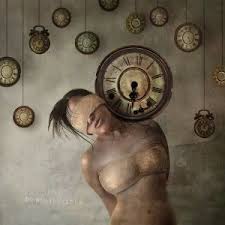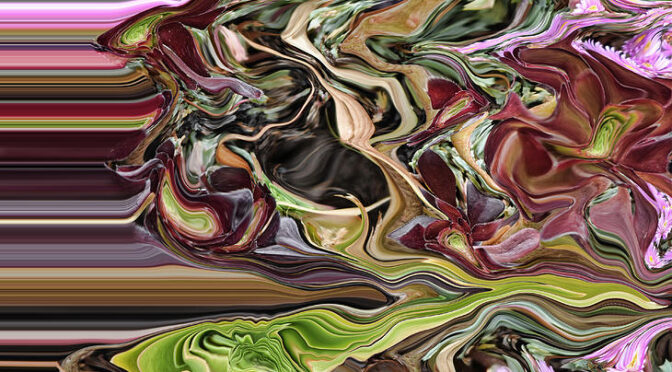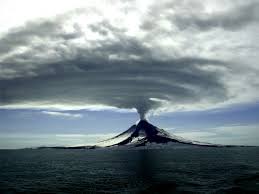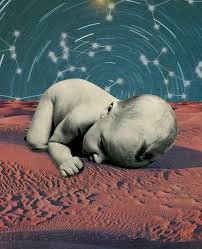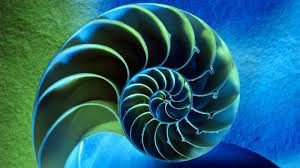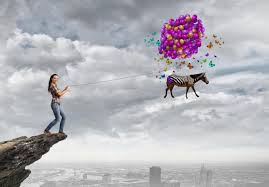Consciousness itself is independent of any of the forms that it may at one time or another assume.
Therefore, at levels that would appear chaotic to us, there is a great mixing and merging of consciousness, a continual exchange of information, so to speak; an open-ended exploration of possibilities, from which in our terms events privately and en masse emerge.
I am simply explaining the characteristics, aptitudes, abilities, and tendencies of Nature. There are so many different levels in what we call the dream state that they are impossible to list, except in stereotyped ways. This is particularly because some dream sequences involve biological comprehensions that are not literally translatable.
It has been truthfully said that the “unconscious” is intimately aware of the most minute details of our health, state of mind, and relationships. “It” is also aware of the state of the earth’s health — even of the familiar with the cultural climate also. Our recognized consciousness operates as it does because of immense information-gathering procedures, — procedures that unite all species. Biologically such information is coded, but that physical information, such as in the genes and chromosomes, can be altered through experience and mental activity in other species as well as our own.
On the one hand, dreaming on the part of animals — and men and women in particular — involves not only information processing, but information gathering. Dreaming prevents life from becoming closed-ended by opening sources of information not practically available in the waking state, and by providing feedback from other than the conventional world. Data gained through waking learning endeavor and experience are checked in dreaming, not only against physical experience, but are also processed according to those “biological” and “spiritual” data: Again that information is acquired as the sleeping consciousness disperses itself, in a manner or speaking, and merges with other consciousness of its own and other species while still retaining its overall identity. These [other consciousnesses] are dispersed in like manner.
In such ways each individual maintains a picture of the ever-changing physical and psychological mass environment. Physical events as we think of them could exist otherwise. Basically, information is experience. In dreams we attain the necessary information to form our lives. That state of sleep, therefore, is not simply the other side of our consciousness, but makes our waking life and culture possible.
In rudimentary form children’s dreams also involve mathematical concepts, so that formal mathematical training falls on already fertile ground. The arts, sciences, agriculture — all of these reflect natural contours and tendencies inherent in man’s and woman’s mind, as general rather than specific attributes emerging first in the dream state, and then sparking specialized intellectual tendencies in the waking state.
Cities, therefore, existed in dream before the time of tribes. The dream state provides the impetus for growth, and opens up to the earth-tuned consciousness avenues of information for its physical survival.
Because that state is also connected with waking life, we also take into it many of the elements of our daily existence, so that our recalled dreams are often cast in fairly conventionalized terms. As a rule we remember the dream’s outer veneer, or what it turns into as we approach our usual level of consciousness. In a dream we are basically aware of so many facets of an event that many of them must escape our waking memory. Yet any real education must take into consideration the learning processes within dreams, and no one can hope to glimpse the nature of the psyche without encouraging dream experience, recall, and the creative use of dream education in waking life.






